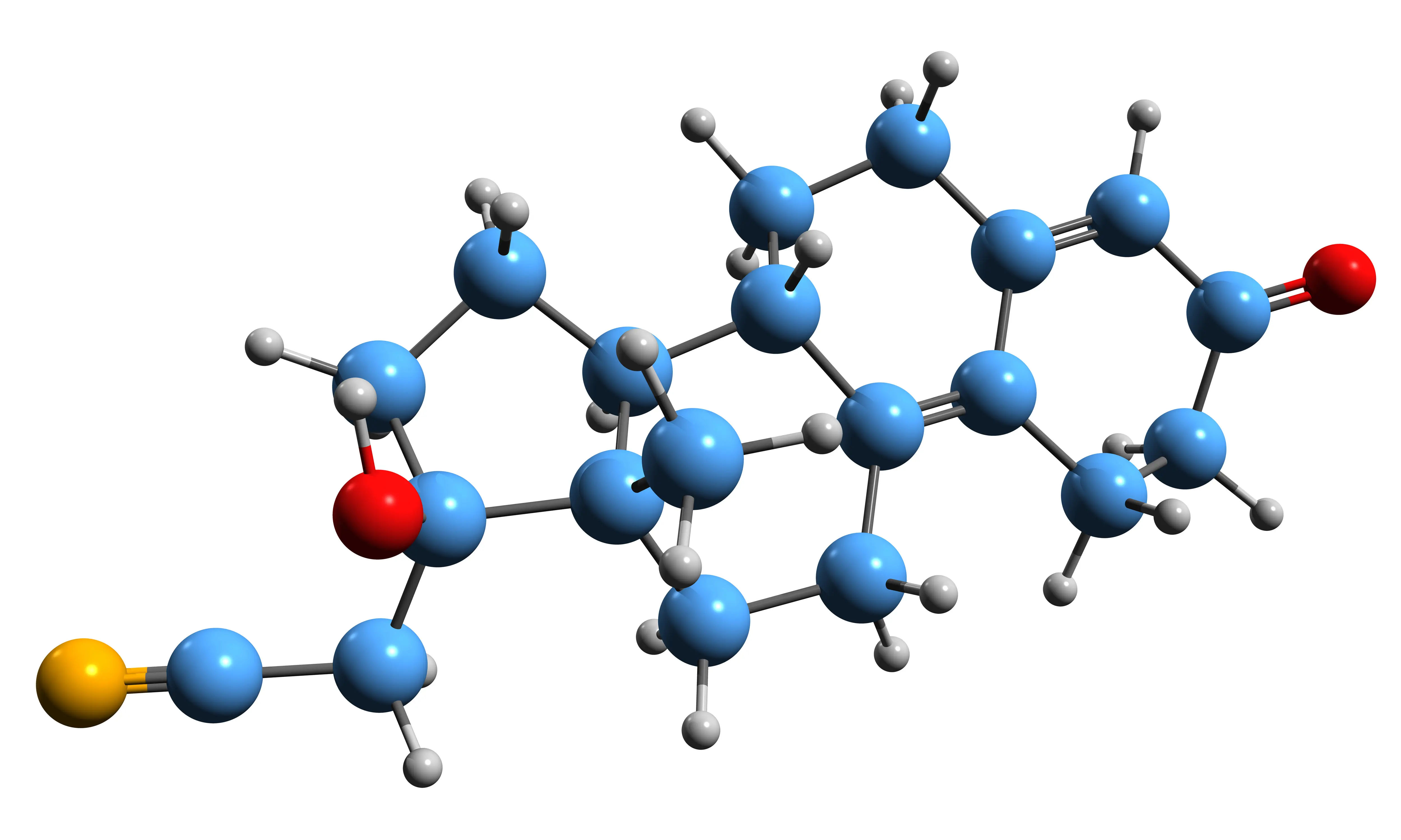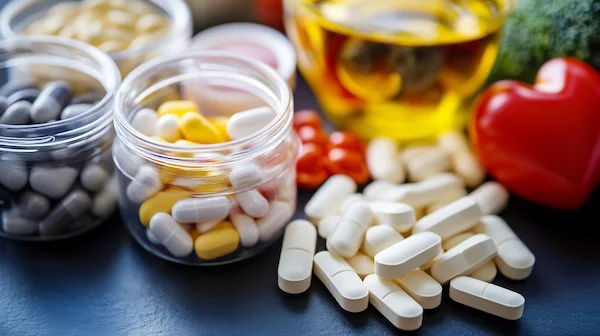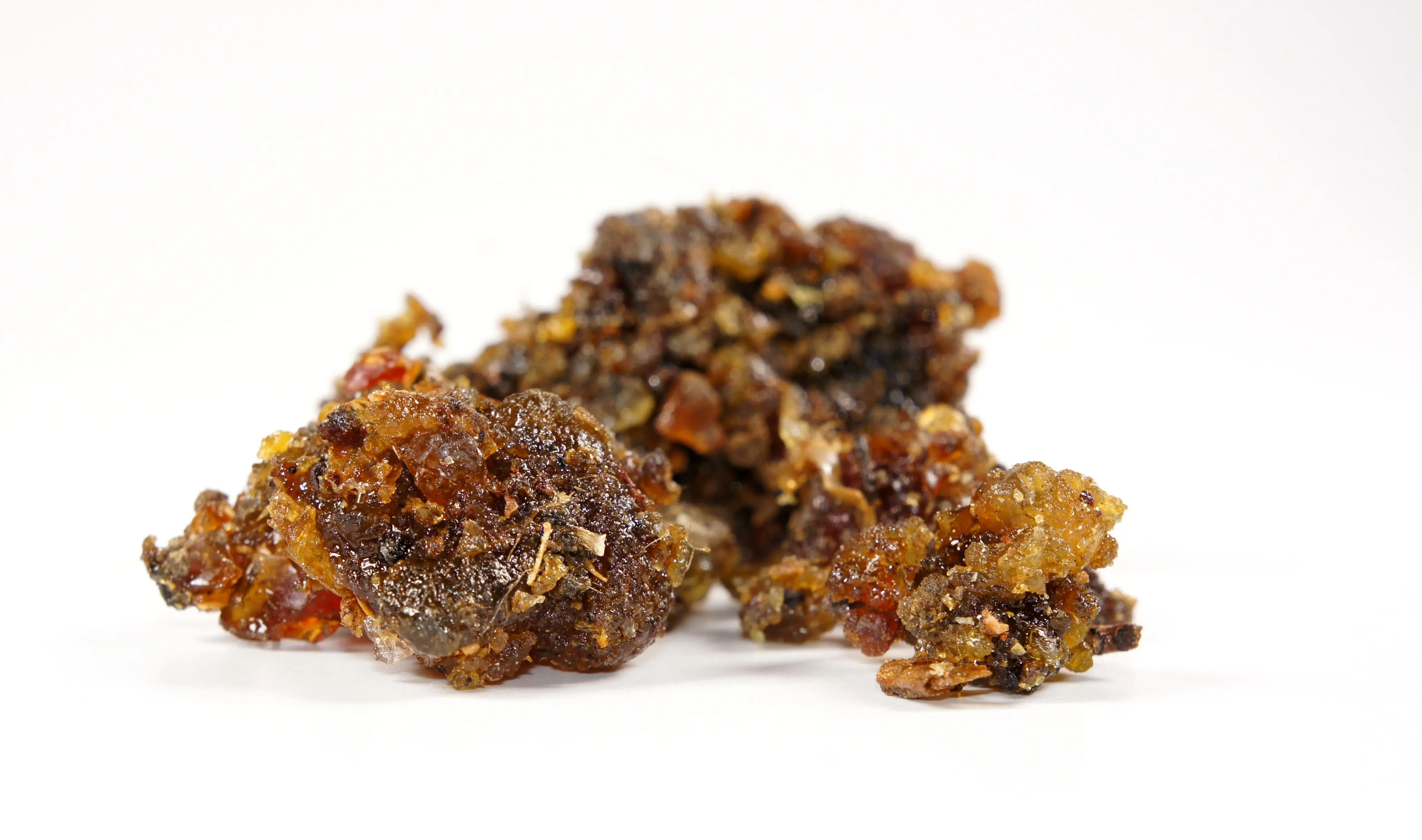Guide to Cold Hands And Feet Reasons
Discover the common causes behind constantly cold hands and feet, from circulatory issues to underlying health conditions. Learn when to see a doctor.


Introduction
Do your fingers or toes feel icy even when everyone else is comfortable? Occasional cold hands and feet are common—your body naturally diverts warm blood away from extremities in cool environments or during stress. But frequent or severe cold hands and feet can also signal underlying issues like Raynaud’s phenomenon, anaemia, hypothyroidism, peripheral artery disease (PAD), or diabetes-related nerve and blood vessel changes.
In this guide, you’ll learn why hands and feet get cold, how to tell normal from concern, and evidence-based steps to warm up safely. We’ll cover everyday triggers you can fix today, medical conditions to rule out, smart self-care that actually helps, and when to seek care. You’ll also get clear guidance on diagnostic tests and treatments, plus practical tips for work, travel, and cold weather. If symptoms persist beyond two weeks, consult a doctor online with Apollo 24|7 for further evaluation. When labs are needed, Apollo 24|7 offers a convenient home collection for tests like TSH, CBC, iron studies, HbA1c, and lipid profile.
How Your Body Regulates Heat—and Why Hands and Feet Get Cold?
Thermoregulation 101:
Your body preserves core temperature by narrowing blood vessels (vasoconstriction) in the skin, hands, and feet, shunting warm blood toward vital organs. Fingers and toes have a high surface-area-to-volume ratio and fewer large muscles, so they lose heat quickly. Sweat evaporation, wind, and wet clothing accelerate heat loss. If you’ve noticed cold hands and feet but a warm body, that can simply be your heat-preservation system at work.
Normal vs. Abnormal:
Mild numbness or tingling in the cold that resolves with warming up is usually benign. It’s common to need extra insulation if you’re lean or sedentary, or during stress when adrenaline temporarily reduces peripheral blood flow. However, persistent cold extremities indoors, asymmetry (one foot colder than the other), color changes (white → blue → red), pain with walking (claudication), or non-healing sores suggest a medical cause such as Raynaud’s, PAD, or anaemia.
Red Flags That Suggest a Medical Cause:
• Recurrent color changes of fingers/toes with cold or stress (Raynaud’s pattern).
• Numbness, burning, or loss of sensation (possible neuropathy).
• Calf pain when walking that eases with rest (possible PAD).
• Brittle hair, weight gain, fatigue, and cold intolerance (possible hypothyroidism).
• Fatigue, pale skin, shortness of breath (possible anemia).
• Skin breakdown, ulcers, or signs of infection.
If these persist beyond two weeks, consult a doctor online with Apollo 24|7 for further evaluation.
Unique insight: People often misinterpret “poor circulation” as a single problem. In reality, decreased blood flow from artery narrowing (PAD), temporary vessel spasm (Raynaud’s), or reduced oxygen-carrying capacity (anemia) can all feel similar but need different treatments.Consult a Top General Physician
Everyday Triggers You Can Fix Today
• Cold Environments, Wet Socks, and Inactivity:
Even mild indoor AC can chill hands during desk work. Typing with wrists extended limits blood flow; prolonged sitting reduces leg circulation. Wet socks can drop toe temperatures fast. Fixes: use layered gloves/liners, wrist-neutral typing posture, a heated mouse pad, wool socks and waterproof shoes, and movement micro-breaks every 30–45 minutes. Long-tail keyword: home remedies for cold hands and feet.
• Stress, Anxiety, Caffeine, and Nicotine:
Stress hormones trigger vasoconstriction; caffeine and nicotine can intensify this. Smokers have higher rates of cold sensitivity and vascular disease. Try decaf after noon, set a “3-3-3” breathing cue (inhale 3s, hold 3s, exhale 3s) hourly, and explore biofeedback—studies show it can help Raynaud’s by training finger warming responses.
• Dehydration, Low BMI, and Overtraining:
Dehydration lowers blood volume, reducing heat distribution. Very low body fat offers less insulation. Heavy training without proper recovery can increase cold sensitivity for some athletes due to hormonal shifts. Aim for steady hydration (pale-yellow urine), adequate calories, and rest days.
Medications That Worsen Cold Extremities: Beta-blockers, some migraine medicines (ergotamines), decongestants, amphetamines, and certain chemotherapy agents can exacerbate cold hands and feet by constricting vessels or affecting nerves. Do not stop medications on your own—ask your clinician if alternatives are appropriate.
Example: A 26-year-old student with cold hands at her laptop found that a wrist-neutral keyboard, a thin glove liner, and 5-minute movement breaks each hour normalized hand temperature in two weeks—no medical disease, just modifiable triggers.
Underlying Conditions to Rule Out
• Raynaud’s Phenomenon:
Characterized by triphasic color change (white, blue, red) in fingers/toes with cold or stress, often with tingling or pain. Primary Raynaud’s is common and benign; secondary Raynaud’s is associated with autoimmune conditions like scleroderma or lupus and may be more severe. Treatment ranges from layering and stress control to calcium channel blockers; severe cases may need additional therapies.
• Hypothyroidism and Cold Intolerance:
An underactive thyroid slows metabolism and heat production. Clues include fatigue, weight gain, dry skin, hair loss, constipation, and feeling cold all the time. TSH and free T4 confirm diagnosis; treatment with levothyroxine typically improves cold intolerance.
• Anaemia (Iron, B12, Folate):
Low haemoglobin impairs oxygen delivery to tissues, causing fatigue, pallor, shortness of breath, and cold sensitivity. Iron deficiency is common in menstruating individuals or with GI blood loss; B12 deficiency can also cause neuropathy (numbness/tingling). Iron studies, B12, folate, and CBC guide therapy.
• Peripheral Artery Disease (PAD):
Narrowed arteries in the legs reduce blood flow, causing cold feet, calf pain when walking, weak pulses, slow-healing wounds, and smooth, shiny skin on the legs. Risk factors include smoking, diabetes, high cholesterol, and hypertension. Diagnose with ankle-brachial index (ABI) and Doppler ultrasound; treatment includes exercise therapy, medications (antiplatelets, statins), risk factor control, and sometimes procedures.
• Diabetes and Peripheral Neuropathy:
Chronic high blood sugar damages nerves and small vessels, leading to numbness, tingling, burning pain, and temperature changes in the feet. Good glucose control, foot care, and targeted medications help.
• Autoimmune/Connective Tissue Diseases:
Scleroderma, lupus, and mixed connective tissue disease can cause secondary Raynaud’s and vascular changes. Joint pain, skin tightening, rashes, or mouth ulcers may accompany. Testing may include ANA and specific autoantibodies, often guided by a rheumatologist.
Unique insight:
A practical way to differentiate issues at home is the “warm-up test.” If your fingers turn white/blue in the cold and hurt as they rewarm, think Raynaud’s. If your feet feel cold with weak pulses or pain on walking that eases with rest, think PAD. If you feel cold all over with fatigue and hair changes, think hypothyroidism or anemia. Confirm with proper testing.
If you notice these symptoms, consult a doctor online with Apollo 24|7. When labs are ordered, Apollo 24|7 offers home collection for tests like TSH, CBC, iron profile, vitamin B12, HbA1c, and lipid profile.
When Cold Hands and Feet Are an Emergency?
• Frostbite and Chilblains:
Frostbite causes freezing injury to skin and deeper tissues; signs include numbness, hard/waxy skin, blistering after rewarming, and color changes from white/gray to black in severe cases. Chilblains (pernio) are inflammatory lesions after cold exposure, causing itchy, red-purple patches. First aid for frostbite: get to a warm, dry place; remove wet clothing; rewarm in warm (not hot) water around 37–39°C; avoid rubbing or dry heat; seek urgent care if blistering, severe pain, or deep tissue involvement.
• Critical Limb Ischemia and Infections/Ulcers:
Severe PAD can lead to rest pain, non-healing ulcers, or gangrene—especially in people with diabetes. These are emergencies requiring urgent vascular evaluation. Signs of infection include redness spreading from a wound, pus, fever, or a foul smell.
If you suspect frostbite, infection, or severely reduced blood flow (sudden color change, severe pain, coldness with numbness that doesn’t improve when warmed), go to the emergency department. Otherwise, if your symptoms persist or worsen, book a physical visit to a doctor with Apollo 24|7.
Getting Diagnosed: Tests and What They Show
History and Examination: Your clinician will ask when symptoms occur (cold, stress, after meals), symmetry, triggers (caffeine, smoking), associated symptoms (pain with walking, numbness, thyroid/anaemia symptoms), and medication use. The exam includes skin color/temperature, capillary refill, pulses, neurological assessment, and inspection for ulcers or nail changes.
Lab Tests:
• CBC and iron studies (ferritin, transferrin saturation): assess anaemia and iron status.
• TSH and free T4: screen for hypothyroidism.
• HbA1c and fasting glucose: assess diabetes control.
• Lipid profile: PAD risk.
• B12 and folate: neuropathy/anemia evaluation.
• Autoimmune markers when secondary Raynaud’s suspected: ANA, ENA panel.
• Apollo 24|7 offers a convenient home collection for these tests.
Vascular Tests:
• Ankle-Brachial Index (ABI): compares ankle and arm blood pressure to screen for PAD; values <0.90 suggest PAD.
• Doppler ultrasound: maps blood flow and identifies blockages.
• Advanced imaging (CTA/MRA): considered if intervention is planned.
• Nailfold Capillaroscopy: Simple microscope exam at the nailfold can identify abnormal capillaries in secondary Raynaud’s, helping distinguish autoimmune causes.
Unique insight: Bring smartphone photos of your fingers or toes during attacks. Capturing the white/blue/red phases or ulcers can significantly aid diagnosis.
Evidence-Based Treatments and Self-Care That Work
Daily Warming Strategies and Gear:
• Dress “core-first”: a warm torso reduces vasoconstriction in extremities. Use layered gloves (liner + insulated outer), moisture-wicking socks under wool, and insulated footwear.
• Heat-smart habits: warm water hand/foot soaks (not scalding), pocket hand warmers, heated insoles, and wrist/ankle gaiters. Avoid tight boots/socks that impair circulation.
• Work hacks: keep the room draft-free, use a small space heater set safely, heated mouse/keyboard pad, and take “circulation breaks” every 30–45 minutes.
Exercise, Nutrition, and Stress Techniques:
• Movement: regular aerobic exercise improves vascular function and warms feet and hands; for PAD, supervised exercise therapy improves walking distance.
• Nutrition: ensure adequate iron, B12, and overall calories; add iron-rich foods (legumes, leafy greens, lean meats) with vitamin C for absorption. Hydrate steadily throughout the day.
• Mind-body: biofeedback and paced breathing can reduce Raynaud’s attacks in some people .
Medications and Procedures (medical guidance required):
• Raynaud’s: calcium channel blockers (e.g., nifedipine, amlodipine) reduce frequency/severity; topical nitroglycerin for focal digital ischemia; PDE-5 inhibitors or prostacyclin analogs in refractory cases; sympathectomy rarely.
• Hypothyroidism:
levothyroxine normalizes thyroid hormone levels, often improving cold intolerance.
• Anaemia: iron, B12, or folate replacement per cause; investigate and address bleeding sources.
PAD:
antiplatelets (e.g., aspirin), statins, blood pressure control, glucose control, smoking cessation, supervised exercise; endovascular or surgical revascularization for severe disease.
Diabetes neuropathy: optimize HbA1c; foot care; medications for neuropathic pain as needed .
If your condition does not improve after trying these methods, book a physical visit to a doctor with Apollo 24|7.
Unique insight:
Many people focus on thick gloves but neglect the torso. A warm vest can reduce hand vasospasm more effectively than the thickest gloves by decreasing the body’s need to clamp down on peripheral blood flow.
Living Well: Prevention Plans for Work, Travel, and Cold Weather
Desk and Device Tips:
• Keep wrists neutral; use an ergonomic keyboard and a forearm-supporting chair.
• Warm-up routine: 2 minutes of wrist circles, fist-to-finger spreads, and shoulder rolls every hour.
• Warm beverages in a safe insulated mug as a gentle hand warmer. Long-tail keyword: cold hands at work solutions.
High Altitude, Flights, and Winter Sports:
• At altitude and on flights, lower cabin humidity and cooler temps can trigger vasospasm. Wear compression socks if advised, hydrate, and keep a lightweight down layer handy.
• For winter sports, avoid sweating into cotton; use moisture-wicking base layers, change damp socks, and schedule warm-up breaks. If you have Raynaud’s, pre-warm gloves and consider battery-heated liners.
Build Your “Warmth Toolkit”:
• Core/vest layer, glove liners + mitts, wool socks + heated insoles, pocket warmers, thermos, and a checklist (hat, scarf, windproof shell). Keep a spare dry set in your bag.
Unique insight: Mittens are warmer than gloves because fingers share heat. For dexterity, use thin liner gloves under mittens and remove the mittens briefly for tasks—your hands rewarm faster when the mittens go back on.
Conclusion
Cold hands and feet have many faces—from a perfectly normal response to a cool office to treatable medical conditions that deserve timely attention. The key is knowing the difference. If your symptoms are occasional and related to the environment or stress, start with core-focused layering, better hydration, movement breaks, and trigger control (less nicotine/caffeine). If you notice color changes, numbness, pain with walking, or sores that don’t heal, consider conditions like Raynaud’s, hypothyroidism, anaemia, PAD, or diabetes-related changes. These are manageable with the right testing and treatment.
You don’t need to guess. A focused clinical exam plus simple tests—TSH, CBC and iron studies, HbA1c, lipid profile, and in some cases ABI/Doppler—can pinpoint the cause. Apollo 24|7 offers convenient home collection for these labs and quick online consults to review results and next steps. The earlier you address the root issue, the sooner your fingers and toes can feel comfortably warm again. If your condition does not improve after trying these methods, book a physical visit to a doctor with Apollo 24|7 for a thorough evaluation and a personalized plan.Consult a Top General Physician
Consult a Top General Physician

Dr. Syed Ismail Ali
General Practitioner
7 Years • MBBS
Hyderabad
Apollo 24|7 Clinic, Hyderabad

Dr. Anand Ravi
General Physician
2 Years • MBBS
Bengaluru
PRESTIGE SHANTHINIKETAN - SOCIETY CLINIC, Bengaluru

Dr Syed Mateen Pasha
General Physician
2 Years • MBBS
Bengaluru
PRESTIGE SHANTHINIKETAN - SOCIETY CLINIC, Bengaluru

Dr. Harshendra Jaiswal
General Physician/ Internal Medicine Specialist
12 Years • MBBS , MD (General medicine)
Kolkata
108 DHANA DHANVANTARI Clinic, Kolkata
(25+ Patients)
Dr. Thandra Ramoji Babu
General Physician/ Internal Medicine Specialist
5 Years • MBBS, DNB(General Medicine)
Warangal
Sai Ram multi-specialty hospital, Warangal
Consult a Top General Physician

Dr. Syed Ismail Ali
General Practitioner
7 Years • MBBS
Hyderabad
Apollo 24|7 Clinic, Hyderabad

Dr. Anand Ravi
General Physician
2 Years • MBBS
Bengaluru
PRESTIGE SHANTHINIKETAN - SOCIETY CLINIC, Bengaluru

Dr Syed Mateen Pasha
General Physician
2 Years • MBBS
Bengaluru
PRESTIGE SHANTHINIKETAN - SOCIETY CLINIC, Bengaluru

Dr. Harshendra Jaiswal
General Physician/ Internal Medicine Specialist
12 Years • MBBS , MD (General medicine)
Kolkata
108 DHANA DHANVANTARI Clinic, Kolkata
(25+ Patients)
Dr. Thandra Ramoji Babu
General Physician/ Internal Medicine Specialist
5 Years • MBBS, DNB(General Medicine)
Warangal
Sai Ram multi-specialty hospital, Warangal
More articles from General Medical Consultation
Frequently Asked Questions
1) Why are my hands and feet always cold but the rest of my body is warm?
Your body naturally reduces blood flow to extremities to preserve core heat. Persistent symptoms can also stem from Raynaud’s or conditions like anaemia, hypothyroidism, or PAD. If symptoms persist, consult a doctor online with Apollo 24|7.
2) How do I improve circulation in my feet naturally?
Move every 30–45 minutes, walk daily, use wool socks and roomy footwear, hydrate, and avoid nicotine. For PAD or diabetes, supervised exercise and risk factor control are key. Apollo 24|7 offers home HbA1c and lipid testing to guide care.
3) Are cold hands in females a sign of anemia?
Not necessarily, but anemia is a common contributor to cold sensitivity. Other signs include fatigue, pale skin, and shortness of breath. A CBC and iron studies can confirm—book home collection with Apollo 24|7.
4) What is the best treatment for Raynaud’s phenomenon?
Start with layering, warming techniques, stress reduction, and avoiding triggers like cold and nicotine. If attacks are frequent/severe, calcium channel blockers are first-line. A clinician can tailor therapy based on severity.
5) When should I see a doctor for cold hands and feet?
If symptoms are new, persistent beyond two weeks, asymmetric, painful, associated with color changes, numbness, ulcers, or if you suspect frostbite. If you have diabetes or PAD risk factors, seek earlier assessment. Consult a doctor online with Apollo 24|7.




